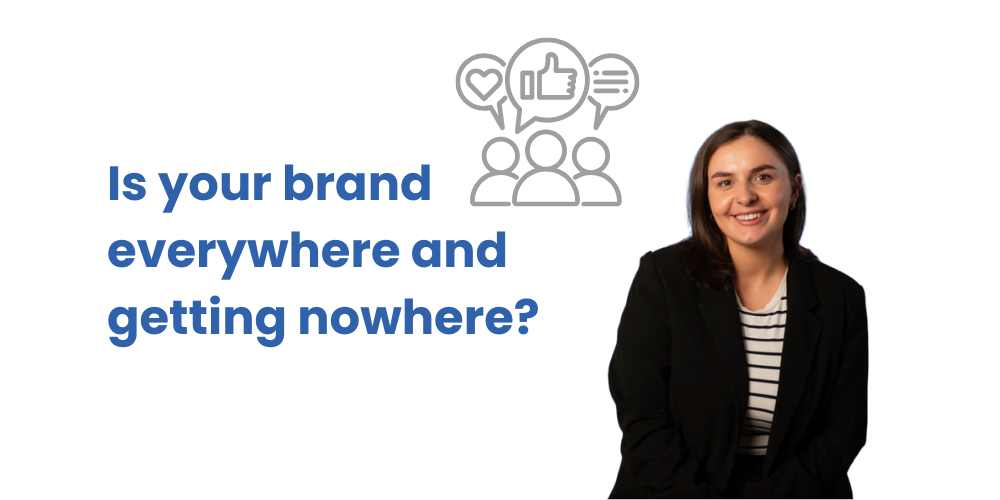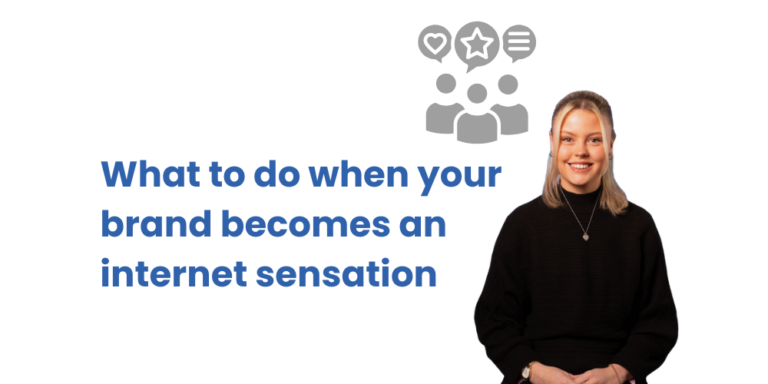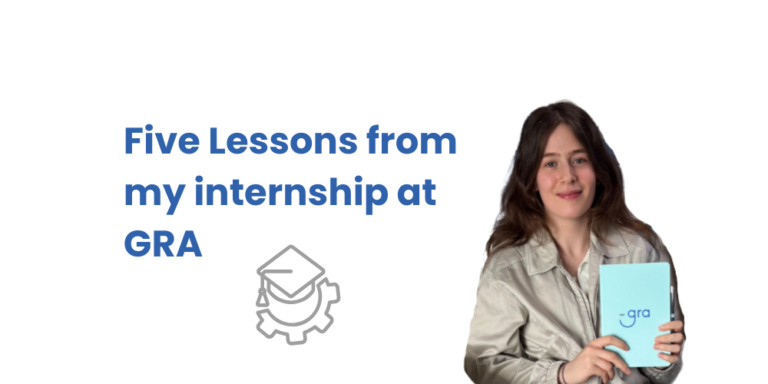Building an online presence used to feel a bit more straightforward… but it’s getting noisy out there. With different advice coming in at all angles, it’s far too easy to fall into the trap of thinking your brand needs to be everywhere all at once. We’ve seen it plenty of times: brands rushing to be on every platform to stay visible, without pausing to ask, “Where exactly is our audience?”
Every month, new platforms emerge, trends shift quickly, and brands often jump onto every channel to keep up momentum, usually without a clear plan or purpose. While it may seem impressive to have a presence across six or seven platforms, you risk diluting your core message, confusing your audience, and ultimately harming your brand.
The cold, hard truth of the matter is this: just because a platform is trending doesn’t mean it’s right for your brand. Take TikTok, for example. It’s a popular platform that can be great when used properly, but if you’re a B2B brand with a very corporate tone of voice and your objective is to sell something technical like engineering software, then realistically, it’s probably not where your audience is.
Below are some of my top tips on how to choose the right platform that works for you!
1. Sometimes less is more…start with your audience
Brands fall into the trap of doing too much with too little focus. Content becomes scattered and inconsistent, messaging loses meaning, and audiences are left unsure of what the brand stands for. Sometimes you just need to strip it back…less is always more.
To find the right platform for your business, it’s important to note that every platform has its own tone, audience, and expectations. When brands try to juggle them all at once, the result is typically mixed messages and low-impact content, which is why it’s important to understand what you are doing before taking pen to paper. Even if that means you’re only on two platforms, all that matters is that they’re the right ones
Before investing time in creating content for the latest trending platform, take a step back and ask yourself: Does my ideal audience actually spend their time here? What kind of content do they enjoy consuming?
Sometimes the best way to find out is by spending time on the platforms yourself. Scroll through, observe who’s posting, what’s getting engagement, and who’s being talked about. If you’re passionate about your industry, consider your own personal preferences when engaging with it.
If you’re not sure where to start or don’t feel confident navigating this on your own, this is where a marketing team or agency can really help. They can offer audience insights, run platform audits, and build a strategy that’s aligned with your goals, so you’re not guessing where to show up or how.
2. Pick your ‘Star’ platforms
Once you have established your audience and objective, select one to three platforms that you want to focus on. Think about your content, your messaging, and what kind of strategy you’re using. For example, if you’re a B2B organisation and you want to share industry insights or target professionals, LinkedIn is likely a better bet than TikTok.
While there’s no set answer for this, here’s my general rule of thumb when triangulating what platform you need to be on.
Instagram – Great for visual brands and consumer-focused content. Reels, Stories, and influencer collaborations work well here, and there is a large mix of audiences from Gen-Z to Millennials on this platform.
LinkedIn – Ideal for B2B organisations as well as networking and personal branding.
Facebook – Great for building community and starting conversations, especially with older demographics, as we tend to see a cult following on this platform. Ideal for local businesses, groups and events.
Trust me… you’ll get far better results when you stop trying to be everywhere and start showing up with purpose. It’s much better to do a great job on two platforms than to spread yourself too thin across six. We’ve seen it time and time again with clients – when the focus is on just a couple of platforms, the content becomes way more aligned with each audience. And that makes a big difference in how people engage. Additionally, you’ll have the time to manage your community effectively, responding to comments, joining conversations, and fostering genuine connections. That kind of real engagement is what builds trust and keeps people coming back.
3. Tailor your message
Once you have chosen your platforms, it’s all about speaking with the right tone of voice.
What you say on LinkedIn might fall flat on Instagram. What gets engagement on TikTok could feel out of place on Facebook. So, tweak your tone, format, and delivery to match the platform. It might be time-consuming, but in the long run, it’s really going to make a difference. Take a look at the difference in tone below:
Take a look at the captions below and notice how the tone shifts to match each platform:
Instagram – “Our new AI tool can read your mood just from a selfie 😮💡 Cool or creepy? Try it and let us know!” The tone here is fun, casual, and invites interaction.
LinkedIn – “We’ve just launched an AI tool that analyses facial cues to identify emotional states in real time, opening up new possibilities for smarter, more empathetic interactions. Curious how it works? Give it a try and share your thoughts.” More polished and professional, this version fits a business-minded audience.
Facebook – “Meet our new AI tool that guesses your mood from a picture! 📸 It’s fun, a little freaky, and surprisingly accurate — try it out and tell us what you think!” Friendly and conversational, with a slightly broader, more familiar tone.
4. Nurture your community
Now that you’ve started to grow your community, it’s important to keep up the momentum, don’t just post and ghost. Stay active in the comments, respond to messages, and make your audience feel seen and heard. That kind of genuine engagement builds trust and is what makes users come back and engage with the content you are posting.
Once you feel more comfortable with the feel of each space, creating content that feels native to the platform and not just recycled from elsewhere will come more naturally. Each platform has its own format, features, and audience expectations, from post specs to CTAs, so ensure your content is tailored and intentional.
*Food for thought
If you take anything out of this blog, let it be that you don’t need to be everywhere…just where it matters most 🙂





